
How to Identify a Spider You See. Spiders -- members of the phylum Arthropoda, class Arachnida and the order Araneae -- come in a wide variety of species, colors and sizes. People have a love-hate relationship with spiders. One person can find spiders intriguing, while another might cringe at simply the word "spider." Spiders dwell in many places, including under rocks, in trees, or in all types of crevices. If you need assistance identifying a mysterious-looking spider crawling up your wall or resting on shrubs near your home, use available resources online and in your community.
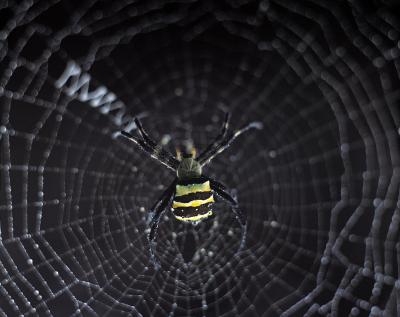
Observe the spider and record your observations. Note the spider's body color, size, unusual patterns, distinctive or odd markings, and where you discovered it. This data can be particularly beneficial if the spider bites a person or animal, as medical professionals can use this information to prescribe the appropriate treatment.
Take pictures of the spider with a camera phone or a digital camera, if possible, before it crawls away.
Consult reference materials at a bookstore or library. Take the pictures with you and visit the reference section of the library or bookstore. Ask a store clerk or librarian to help you find spider picture books. Browse through the pictures, and read the notes or captions describing the spider to help with identification.
Access the bug-finder search feature on Insect Identification's website. This resource helps users identify spiders based on their physical characteristics and locations. Use the drop-down menu to enter the spider's primary and secondary colors. Choose "Arachnid" as the bug type and select your state as the location. To view the spiders, click "Search Database."
Scroll through the spider images on Cirrus Image's website to help you identify the spider. This resource provides a brief description and pictures of each spider. To view a larger picture and additional information, click the name link under each picture.
 Exotic Pet Laws
Exotic Pet Laws
Exotic Pet Laws. The i
Exotic Pet Laws
Exotic Pet Laws
Exotic Pet Laws. The i
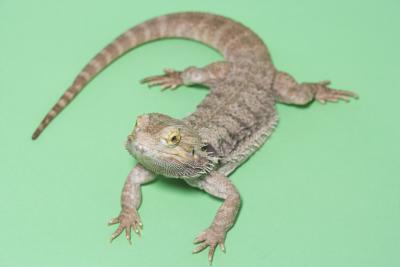 How to Raise Baby Bearded Dragons
How to Raise Baby Bearded Dragons
How
How to Raise Baby Bearded Dragons
How to Raise Baby Bearded Dragons
How
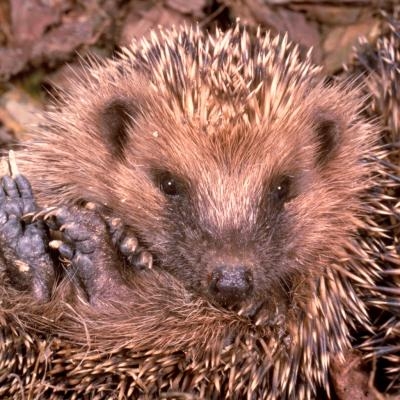 How to Build a Habitat for a Hedgehog
How to Build a Habitat for a Hedgehog
How to Build a Habitat for a Hedgehog
How to Build a Habitat for a Hedgehog
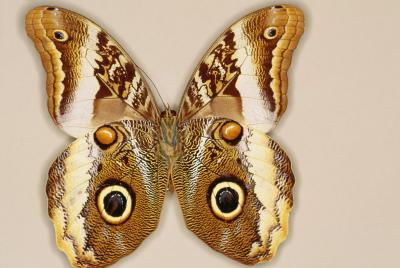 How to Identify a Large Moth
How to Identify a Large Moth
How to Id
How to Identify a Large Moth
How to Identify a Large Moth
How to Id
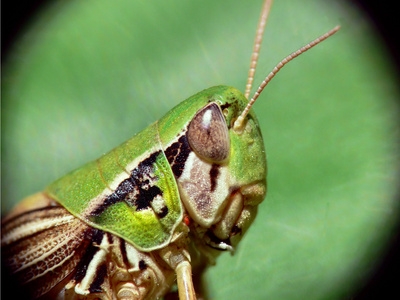 Can Grasshoppers Survive Indoors?
Can Grasshoppers Survive Indoors?
Can
Can Grasshoppers Survive Indoors?
Can Grasshoppers Survive Indoors?
Can
Copyright © 2005-2016 Pet Information All Rights Reserved
Contact us: www162date@outlook.com